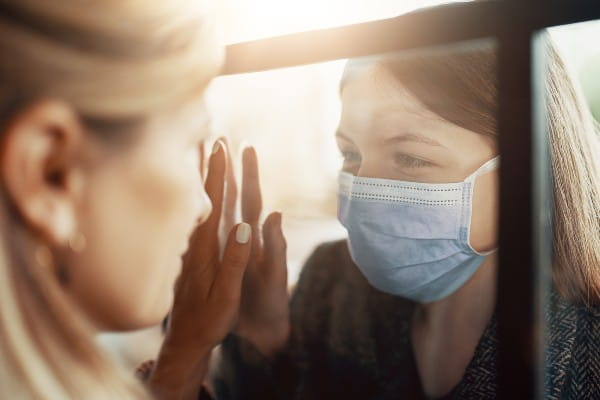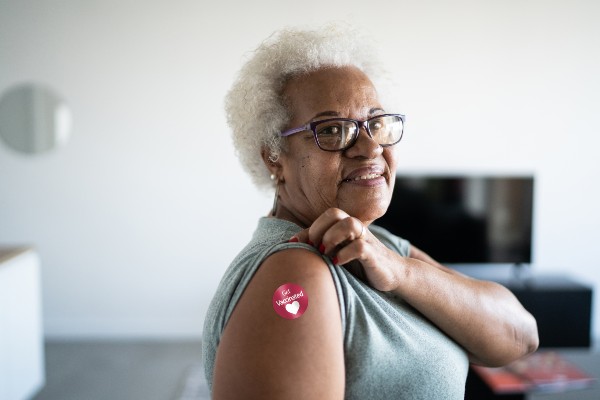With Virginia’s stay-at-home order now in place, people across the state are hunkering down—many in close quarters with families or roommates.
But what if you’ve been exposed to COVID-19 or have symptoms of the virus?
“There are some differences in how you should handle symptoms of COVID-19 versus exposure to the virus,” says Rebekah Sensenig, M.D., physician specialist in infectious disease at Riverside Health. “But, in either case, there are steps you can take to keep others in your home or apartment safe.”
Self-quarantine for COVID-19 exposure
If you believe you’ve been exposed to COVID-19, it’s best to self-quarantine.
During a self-quarantine, you should avoid leaving your home. Limit interactions with others and practice good hygiene by washing hands regularly and covering your cough.
According to the Centers for Disease Control and Prevention, a self-quarantine for COVID-19 exposure should last 14 days.
Be prepared for a quarantine
Because COVID-19 spreads easily, you should plan for the possibility of a quarantine. You can prepare by making sure you have a two-week supply of food, medicines and household items.
Get more tips from Riverside about self-quarantine.
Self-isolate if you have COVID-19 symptoms
If you develop symptoms of COVID-19, including fever, cough and shortness of breath, you should self-isolate.
“Many people who develop COVID-19 will be able to manage their care at home,” said Dr. Sensenig. “But it’s important to monitor symptoms and stay isolated from others to prevent the virus from spreading.”
Isolating at home can be difficult because it requires you to stay away from other members of your household. If your home is large enough, you should:
- Isolate in a separate room from others.
- Use a bathroom not used by others.
- Avoid entering common spaces.
- Wear a facemask if it is available.
If physically separating isn’t an option, then it’s important to maintain distance from others. Stay 6 feet apart and wash hands and surfaces regularly.
Call your doctor if symptoms become unmanageable. Call 911 for a medical emergency.
Ending self-isolation
The CDC recommends staying isolated until you’ve met all three of the following requirements:
- It has been at least seven days since your symptoms developed.
- Your symptoms have improved.
- You have been fever-free for 72 hours without the use of antipyretics, or fever-reducing medicines like acetaminophen, ibuprofen and others.
Beyond quarantine or isolation
Even if you’ve overcome COVID-19 symptoms or you’ve passed 14 days of self-quarantine, you still have a role to play in slowing the spread of the virus.
“It’s important that we all continue to follow the CDC’s standard disease-prevention recommendations,” says Dr. Sensenig.
Don’t forget to:
- Cover coughs and sneezes. Cough or sneeze into a tissue or the inside of your elbow.
- Keep your hands clean. Wash with soap and warm water for at least 20 seconds. Use an alcohol-based hand sanitizer with at least 60 percent alcohol if soap and water aren’t available.
- Practice social distancing. Avoid crowds and put at least 6 feet between you and others when you must go out into your community. Get more social distancing tips from Riverside.



